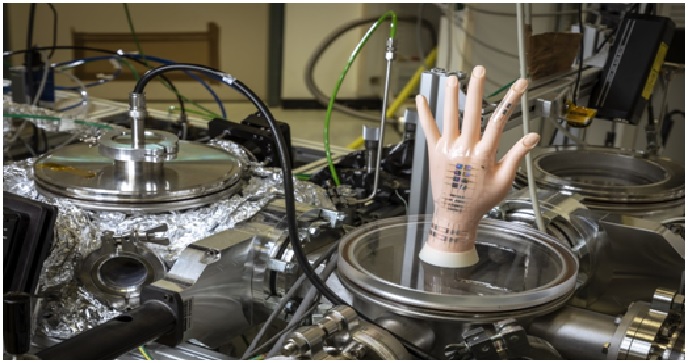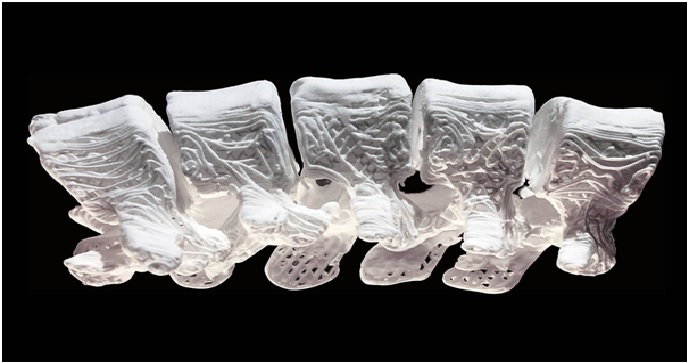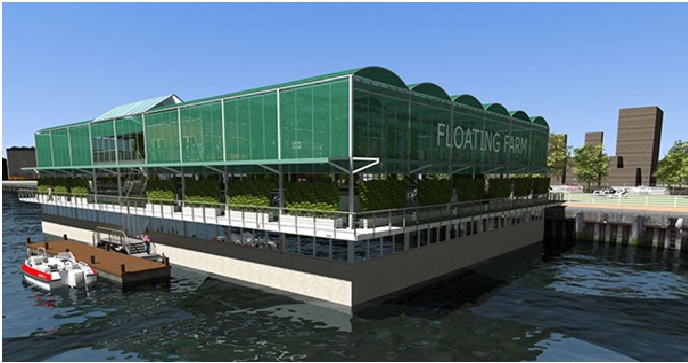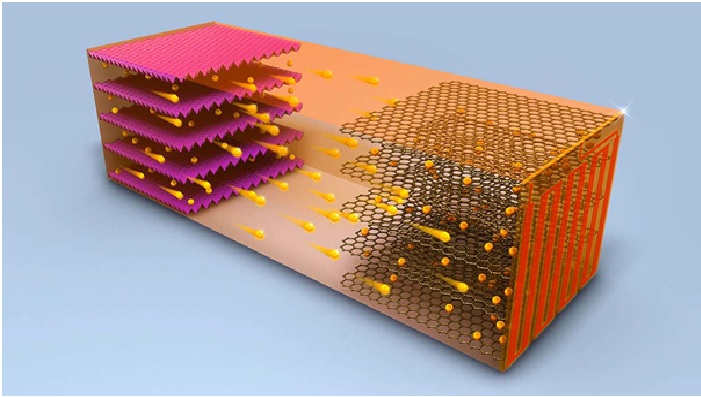The Implementation Process of Solar Panel Technology
The amount of sunlight that strikes the earth's surface in an hour and a half is enough to handle the entire world's energy consumption for a full year. Solar technologies convert sunlight into electrical energy either through photovoltaic (PV) panels or through mirrors that concentrate solar radiation. [1] This energy can be used to generate electricity or be stored in batteries or thermal storage. The solar panel technology is shown in figure 1.
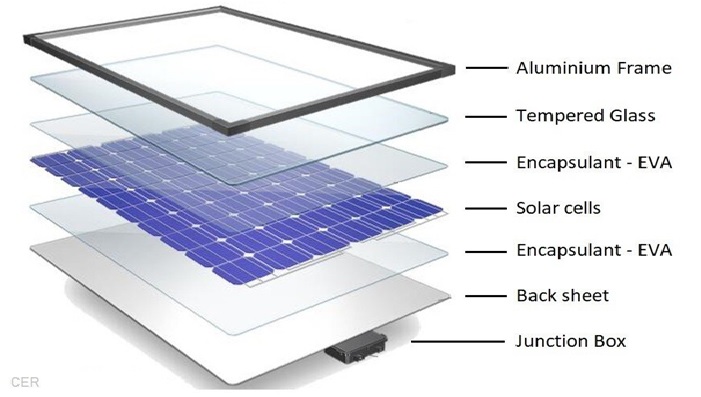
Figure 1. The Solar Panel technology [2]
Solar radiation is light – also known as electromagnetic radiation – that is emitted by the sun. While every location on Earth receives some sunlight over a year, the amount of solar radiation that reaches any one spot on the Earth’s surface varies. Solar technologies capture this radiation and turn it into useful forms of energy.
Solar energy technology doesn’t end with electricity generation by PV or CSP systems. These solar energy systems must be integrated into homes, businesses, and existing electrical grids with varying mixtures of traditional and other renewable energy sources.
Solar panel efficiency is measured under standard test conditions (STC), based on a cell temperature of 25°C, solar irradiance of 1000W/m2 and Air Mass of 1.5. [3] The efficiency (%) of a panel is effectively calculated by dividing the maximum power rating or Pmax (W) at STC, by the total panel area measured in meters squared.
Overall panel efficiency can be influenced by many factors including; temperature, irradiance level, cell type, and interconnection of the cells. Surprisingly, even the colour of the protective backsheet can affect efficiency. A black backsheet might look more aesthetically pleasing, but it absorbs more heat resulting in higher cell temperature which increases resistance, this in turn slightly reduces total conversion efficiency.
The simplest deployment of solar panels is on a tilted support frame or rack known as a fixed mount. For maximum efficiency, a fixed mount should face south in the Northern Hemisphere or north in the Southern Hemisphere, and it should have a tilt angle from horizontal of about 15 degrees less than the local latitude in summer and 25 degrees more than the local latitude in winter. [4] More complicated deployments involve motor-driven tracking systems that continually reorient the panels to follow the daily and seasonal movements of the Sun. Such systems are justified only for large-scale utility generation using high-efficiency concentrator solar cells with lenses or parabolic mirrors that can intensify solar radiation a hundredfold or more.
Although sunlight is free, the cost of materials and available space must be considered in designing a solar system; less-efficient solar panels imply more panels, occupying more space, in order to produce the same amount of electricity. Compromises between cost of materials and efficiency are particularly evident for space-based solar systems. Panels used on satellites have to be extra-rugged, reliable, and resistant to radiation damage encountered in Earth’s upper atmosphere. In addition, minimizing the liftoff weight of these panels is more critical than fabrication costs. Another factor in solar panel design is the ability to fabricate cells in “thin-film” form on a variety of substrates, such as glass, ceramic, and plastic, for more flexible deployment. Amorphous silicon is very attractive from this viewpoint. In particular, amorphous silicon-coated roof tiles and other photovoltaic materials have been introduced in architectural design and for recreational vehicles, boats, and automobiles.
References:
- https://www.energy.gov/eere/solar/how-does-solar-work
- https://www.cleanenergyreviews.info/blog/solar-panel-components-construction
- https://www.cleanenergyreviews.info/blog/most-efficient-solar-panels
- https://www.britannica.com/technology/solar-cell/Solar-panel-design
Cite this article:
Vinotha D (2022), The Implementation Process of Solar Panel Technology, AnaTechMaz, pp.104


